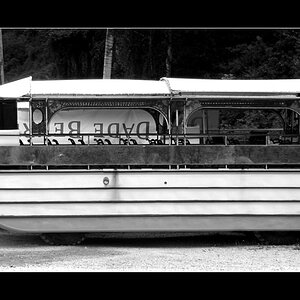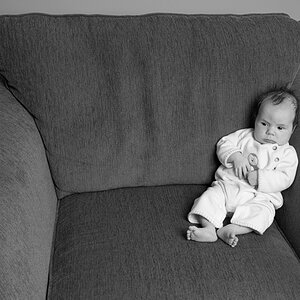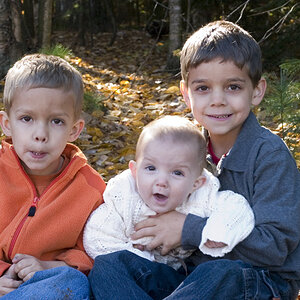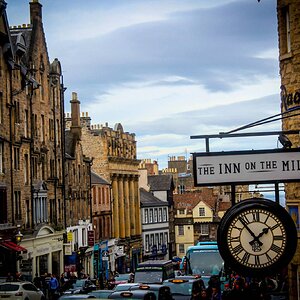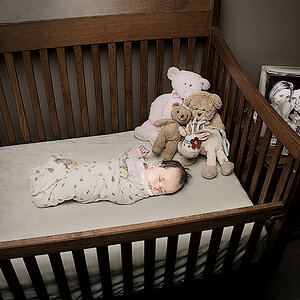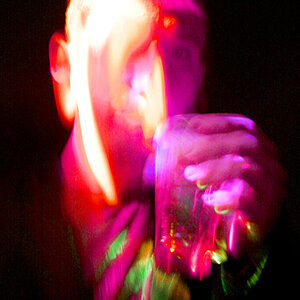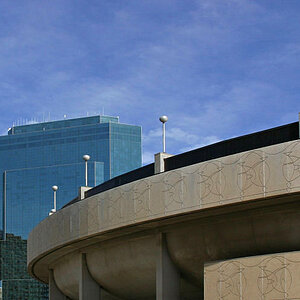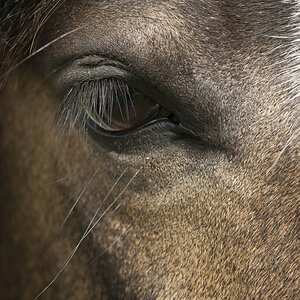- Joined
- Mar 22, 2014
- Messages
- 99
- Reaction score
- 29
- Location
- London , Kentucky
- Can others edit my Photos
- Photos OK to edit
So I'd like to try my hand at a few sunsets. Landscapes are NOT my strong suit I'm more of a people photographer. From past experience I know that I can either expose for the sky or the foreground / landscape but, so far, not for both. While I like the "Silhouette look" I'd prefer to have the detail in the foreground visible. Is there a technique that makes this work or is it time to look at purchasing (and learn to use) ND filters graduated or otherwise ?
Thanks again,
Michael
Thanks again,
Michael




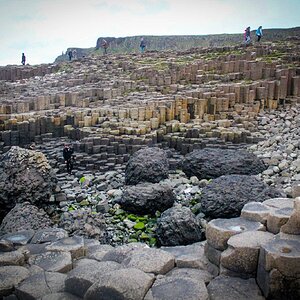
![[No title]](/data/xfmg/thumbnail/33/33447-c3f5563c9b8b1f19498a3062f60f92b1.jpg?1619735973)
